
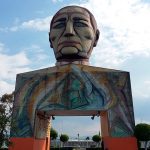
相近 0.49 kms.
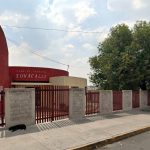
相近 0.59 kms.
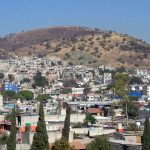
相近 0.96 kms.

The nerve center of UNAM's CU campus...
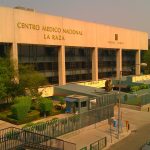
One of Mexico City's most important medical facilities....

A striking historical cultural center and theater, it's one of the City's most photographed landmarks.
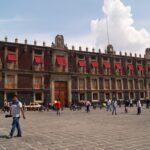
The old customs building today shows off some the SEP's extensive art collection.
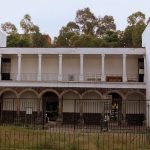
One of Tlatelolco's oldest continually occupied sites, it's the former seat of the Indigenous Government.